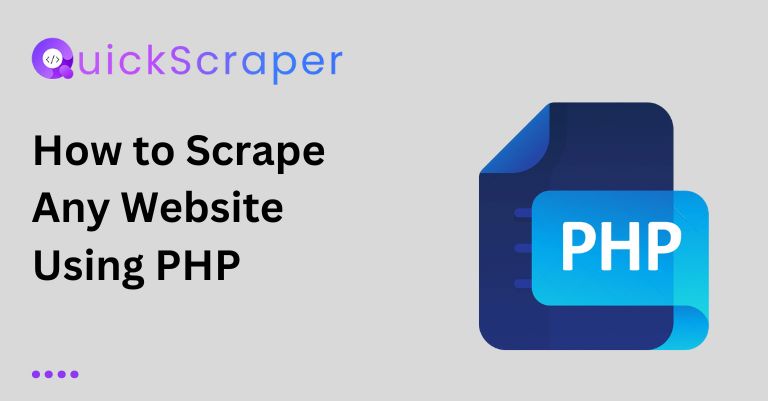
How to Scrape Any Website Using PHP
How to Scrape Any Website Using PHP Do you hate manually copying and pasting data from websites? With web scraping, you can automate the process
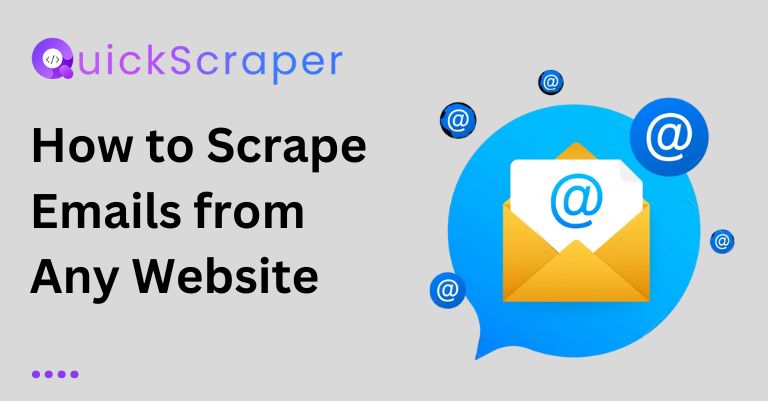
Email scraping involves extracting email addresses from websites, a practice with diverse applications like marketing campaigns and lead generation. However, it’s crucial to approach email scraping ethically and legally, as some websites prohibit this activity, considering it a violation of their terms of service. Before scraping emails, ensure you have the necessary permissions or that the target website allows such practices.
In this guide, we’ll explore email scraping using the QuickScraper SDK, a powerful web scraping tool. QuickScraper offers an intuitive interface and a robust set of features, including efficient email extraction capabilities. Let’s dive into the details and learn how to leverage this tool responsibly for your email scraping needs.
First, you need to install the QuickScraper SDK. You can do this using pip, the Python package installer:
pip install quickscraper-sdk
Before you can start scraping emails, you need to get an access token and a parser subscription ID from the QuickScraper website. Here’s how:
Keep your access token and parser subscription ID handy, as you’ll need them in the next step.
Here’s the code you provided:
from quickscraper_sdk import QuickScraper
import json
quickscraper_client = QuickScraper('YOUR_ACCESS_TOKEN') # Get your access token from app.quickscraper.co
response = quickscraper_client.getHtml(
'<https://www.kirinus.de/>',
parserSubscriptionId='21da8be2-9a9d-5972-abbc-5ab9035ab404' # Get your parser subscription id from app.quickscraper.co/user/request
)
emails = response._content['data']['emails']
# Save emails to a JSON file
with open('emails.json', 'w') as file:
json.dump(emails, file)
print("Emails saved to 'emails.json' file.")
Let’s break down what this code does:
QuickScraper from the quickscraper_sdk package and json for working with JSON data.QuickScraper client instance by providing our access token: quickscraper_client = QuickScraper('YOUR_ACCESS_TOKEN').getHtml method of the QuickScraper client to fetch the HTML content of the website we want to scrape emails from (https://www.kirinus.de/ in this example). We also provide our parser subscription ID, which tells QuickScraper to use the email extraction parser: parserSubscriptionId='21da8be2-9a9d-5972-abbc-5ab9035ab404'.getHtml method returns a response object, and we extract the emails from the data field of the response content: emails = response._content['data']['emails'].emails.json using the json.dump function.Make sure to replace 'YOUR_ACCESS_TOKEN' it with your actual access token and '21da8be2-9a9d-5972-abbc-5ab9035ab404' with your parser subscription ID.
After writing the code and making the necessary replacements, save the file (e.g., email_scraper.py) and run it using the Python interpreter:
python email_scraper.py
If everything goes well, you should see the message "Emails saved to 'emails.json' file." printed to the console, and a new file named emails.json will be created in the same directory containing the extracted emails.
Open the emails.json file in a text editor or JSON viewer to verify that the emails were scraped correctly. The file should contain a JSON array with the extracted email addresses.
And that’s it! You’ve successfully scraped emails from the https://www.kirinus.de/ website using the QuickScraper SDK.
Keep in mind that this is a basic example, and you may need to adjust the code or use additional features of the QuickScraper SDK depending on the website you’re scraping and your specific requirements.

How to Scrape Any Website Using PHP Do you hate manually copying and pasting data from websites? With web scraping, you can automate the process
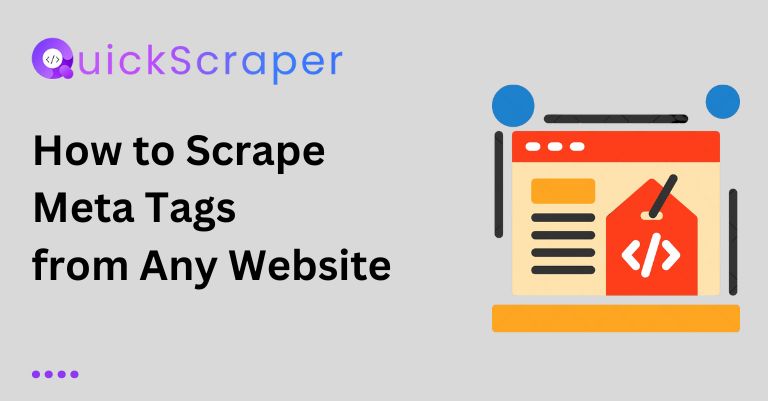
How to Scrape Meta Tags from Any Website Meta tags are snippets of text that describe a website’s content, and search engines use them to
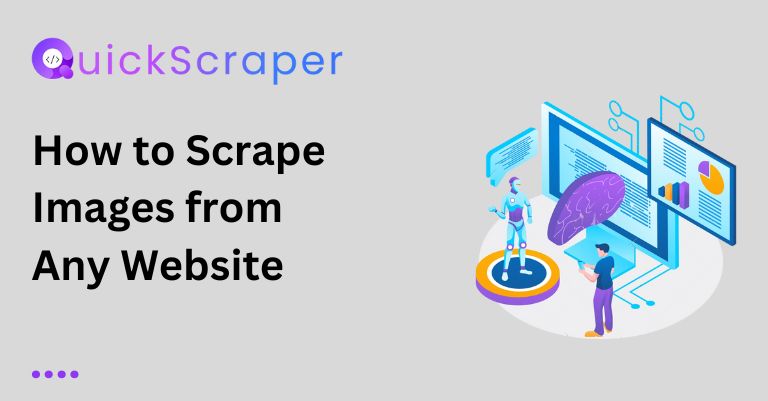
How to Scrape Images from Any Website Scraping images from websites can be a useful technique for various purposes, such as creating image datasets, backing
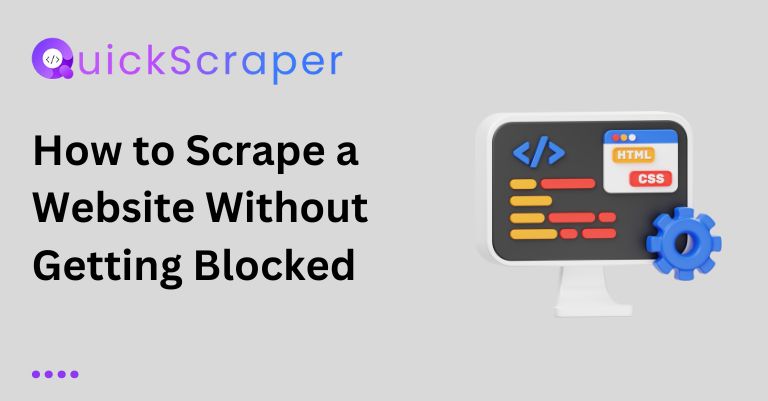
How to Scrape a Website Without Getting Blocked: A Developer’s Guide Web scraping, as a powerful tool, is beneficial for developers, giving them the power
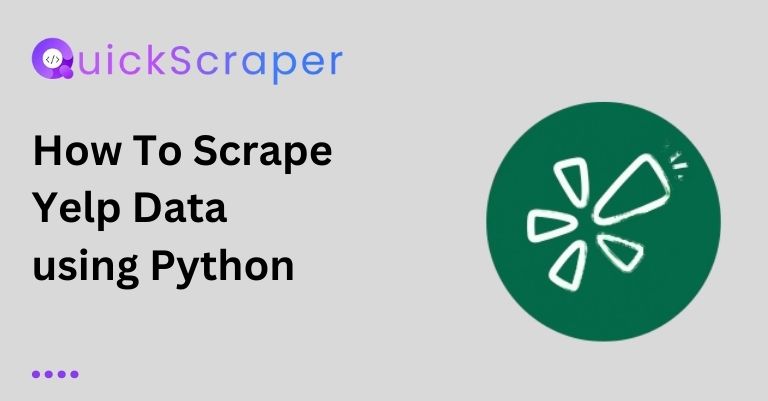
How To Scrape Yelp Data using Python Web scraping is the process of extracting data from websites automatically. In this blog post, we’ll learn

How to Scrape Stock Prices Every Day using Python In this blog post, we will learn how to scrape stock prices from a financial website
By clicking “Accept”, you agree Quickscraper can store cookies on your device and disclose information in accordance with our Cookie Policy. For more information, Contact us.